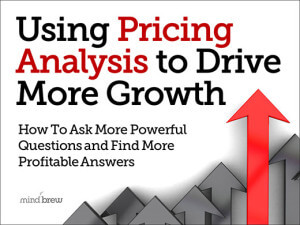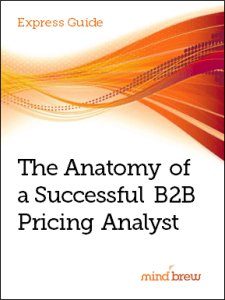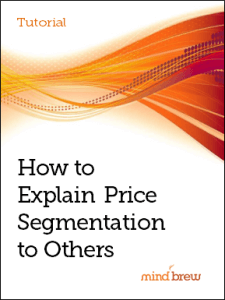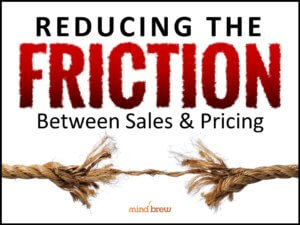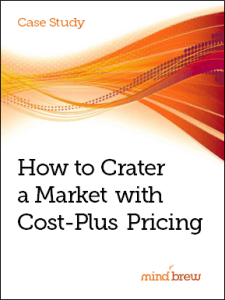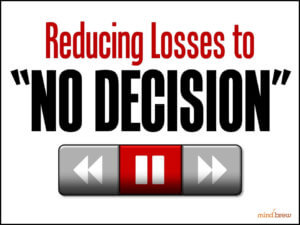Analysis sits at the heart of every pricing function and activity. If you don’t understand what analysis is and how to do it well, you will never succeed in pricing.
Unfortunately, a lot of people don’t really have a solid grasp on the concept of analysis. Vendors slap the word “analytics” on any piece of software that has the ability to run data through some algorithms. And as a result, some B2B pricing teams mistakenly think that they are doing analysis whenever they are using their applications.
Here’s our take on what pricing analysis is—and what it isn’t:
We believe analysis needs to go beyond reporting so you make qualitative judgments.
Every pricing team generates reports. These documents summarize the latest data, but they don’t always take the next step into analysis. True analysis involves deciding whether the data is good or bad for the organization and determining why you achieved the results that you did. Pricing teams aren’t really living up to their potential unless they move beyond basic reporting into this area of judgment.
We believe these judgments can only be made through a comparative process.
A number on its own doesn’t tell you anything. For example, I could tell you that the current average price for a product is $25. But you would have no idea if that is a good price or a bad price. You need something to compare it to. Otherwise, it’s basically meaningless.
We believe the comparative basis determines the accuracy of your judgments.
What are you comparing your numbers to? Some organizations use relatively arbitrary metrics like comparing actual prices to list prices or to the company’s average selling price or competitive prices or third-party indices. But unless your comparative basis is related directly to what a particular customer is willing to pay for a particular product, those comparisons can lead you in a direction that could actually be harmful for your business.
We believe that a robust price segmentation model is crucial for accurate comparisons.
In order to make valid comparisons, you need to have a segmentation model designed specifically for pricing. You can’t use the categories your marketing team uses for tracking leads; you need a method that groups customers together based on their willingness to pay. This segmentation model then becomes critical for all your comparative analysis.
We believe that analysis shouldn’t focus only on finding and fixing problems—it should also look to do more of whatever is working
Too often, pricing teams spend all their time trying to correct things that are going wrong. While that can have a positive impact on the bottom line, it can also leave the team discouraged. If instead you concentrate on finding the things that are working really well and replicating them, you’ll find that you achieve both a financial boost and a morale boost. And that morale boost often leads to additional financial benefits.
If you’re interested in learning more about analytics, we have a trio of webinars for you:
- The Fundamentals of Effective Pricing Analysis covers the concepts above in greater detail with more examples that show why these ideas are so important.
- Using Pricing Analysis to Drive More Growth explains how to use your analytics to become more strategic and affect the course of your business as a whole.
- And The Anatomy of a Successful B2B Pricing Analyst explains the mindset that is necessary to do good analysis. It’s helpful whether you are looking to add a new analyst to your team or to become a more skillful analyst yourself.


